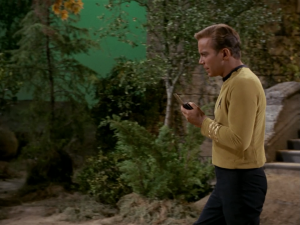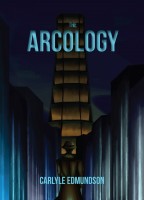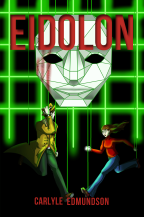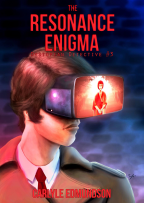Defictionalization: How Sci-Fi Inspires Technological Advancement
- February 9th, 2015
- Posted in Opinion/Analysis
- Write comment
 In between the cries of “it’s 2015, I was promised a hoverboard,” it might be easy to forget that certain technologies actually did sprout from sci-fi like that. Science fiction is unique among literature in this regard, in that its fans can go on to shape the world to be more like the fictional ones that they love. Ideas that were once conceived of as cool plot devices are now everyday items. But what makes sci-fi so great at moving people? And why are only certain sci-fi tech pieces appearing on the scene, while others (like the aforementioned hoverboard) languishing on the sidelines? Let’s dive into the topic of defictionalization to find out.
In between the cries of “it’s 2015, I was promised a hoverboard,” it might be easy to forget that certain technologies actually did sprout from sci-fi like that. Science fiction is unique among literature in this regard, in that its fans can go on to shape the world to be more like the fictional ones that they love. Ideas that were once conceived of as cool plot devices are now everyday items. But what makes sci-fi so great at moving people? And why are only certain sci-fi tech pieces appearing on the scene, while others (like the aforementioned hoverboard) languishing on the sidelines? Let’s dive into the topic of defictionalization to find out.
One of the things that science fiction has always been great at is serving as a vehicle for social commentary. In doing so, the writer often seeks to create a world that’s very much like ours, but intensified. Instead of national borders, they’re the borders of interstellar empires. Instead of different races or ethnicities, it’s alien species. Instead of gay rights or women’s rights, it’s AI or cyborgs or aliens. In sci-fi settings where this kind of storytelling is common, we often end up with technology at work that’s a logical extension of what we had at the time it was written. Star Trek‘s communicators were essentially self-powered phones, so naturally when mobile phones came about, there were many comparisons. But in this case, it’s not a mere coincidence. Early mobile phones were bulky and hard to carry, and looking at the form factor of Star Trek‘s communicators provided a surprisingly good baseline for how they might be better designed. And thus, the flip phone was born. Essentially, by creating a fictional equivalent of this technology back in the sixties, the prop designers worked out a simple and effective design that a device with this purpose should have. When the tech was finally invented for real years later, reality looked at the fictional design and said, “actually, that’s pretty damn good already.”

The PADDs have varied a lot on screen, but they’re always flat, rectangular screens, much like modern smartphones and tablets.
You’ll see this a lot as you look back; the first big-budget sci-fi movie Metropolis (on which the anime film from a few weeks ago was based) features what are effectively flat-screen TVs. Star Trek, of course, has half a dozen other “inventions” to its name, including the recent attempts by Google at creating a Universal Translator. Of course, for something like Trek, there’s just as much an effect of fans consciously emulating the show as convergent evolution of design. Take the tricorder, for example; Gene Roddenberry wanted to be sure that the term wasn’t copyrighted so that, should anyone invent such a device, they could call it a tricorder and still be able to sell it. As a result, Google’s X-prize, a technology development contest, has a Tricorder X-prize, encouraging just that. When Apple and Samsung had those numerous lawsuits over the form factor of a tablet, you can bet that Star Trek’s PADDs were listed as “prior art” in defense of using the shape.
Of course, part of it comes down to practicality. Things like PADDs and tricorders and communicators were easy to base things on, because they were technically possible at the time. While plenty of people have been studying things like the Warp drive and transporters, they aren’t likely to be defictionalized any time soon. But even these, knowing they’re likely impossible according to physics as we understand them, have inspired research. In Star Trek‘s case, a ton of emphasis is placed on the development of a warp drive; it’s the defining factor of whether a civilization is deemed advanced enough to be contacted, and it was the turning point for humanity’s change from barbaric infighting to the enlightened Federation. It’s no wonder that Trek fans would hope to usher that age in sooner. The positive portrayal of the future draws people in and inspires them to do what they can to bring that future about. Even beyond Trek, science fiction stories that feature scientists and engineers lead to attempts at emulating these heroes, causing sci-fi fans to pursue careers in these fields and push the boundaries of science. The stereotype of engineers and scientists being geeks and Trekkies didn’t come out of nowhere, but the truth is, the cause and effect are reversed. They don’t love Star Trek because they’re scientists; they often became scientists because of their love for Trek.
Any sci-fi technologies you’ve started to see in your regular life? Any shows that’ve inspired tech you feel are worth mentioning? Let me know in the comments, or on Twitter @RetroPhaseShift.




No comments yet.